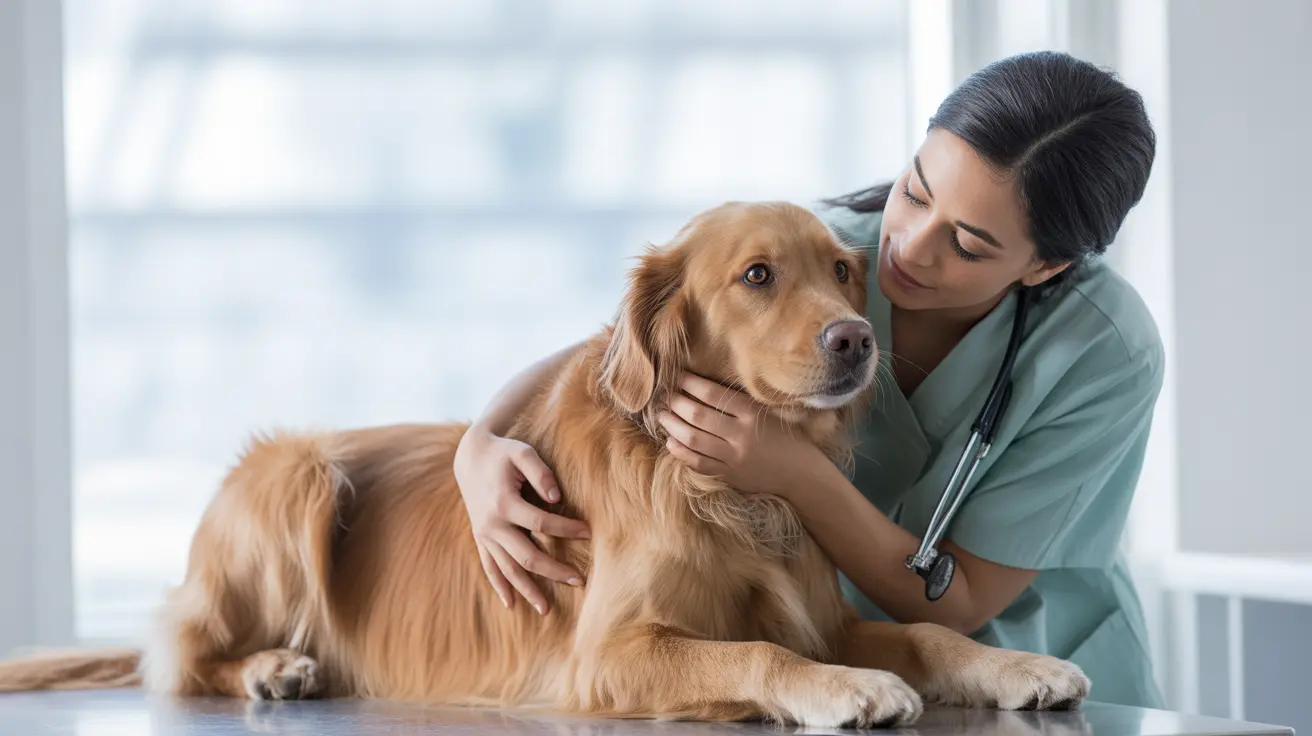Should I Induce Vomiting If My Dog Ate Something Harmful?
Many pet owners wonder what to do when their dog consumes something potentially toxic. The short answer is: do not induce vomiting without consulting a veterinarian. While vomiting can help remove certain toxins from the stomach, the process must be handled with care to avoid serious health risks.
When Inducing Vomiting May Be Appropriate
In some cases, making a dog vomit can prevent toxin absorption. This is especially true if:
- The ingestion happened within the last 2 hours.
- The substance is known to be toxic, like medications or certain foods (e.g., chocolate, grapes, raisins).
- The dog is alert, healthy, and not showing clinical symptoms.
However, inducing vomiting isn’t always advisable and should never be done without first contacting a veterinarian or poison control.
Substances That Should Never Be Vomited Up
- Sharp objects (e.g., needles, bones, glass).
- Corrosive chemicals (like bleach or drain cleaner).
- Hydrocarbons (e.g. gasoline, kerosene).
- Batteries.
These substances can cause more harm when coming back up than staying in the digestive system. Vomiting can lead to internal burns, tears, or aspiration pneumonia if performed in these cases.
Situations Where Vomiting Should Be Avoided
- The pet is already vomiting.
- The pet is lethargic, unconscious, or having seizures.
- More than 2-3 hours have passed since ingestion.
- The dog has a history of aspiration pneumonia or is a brachycephalic breed (e.g., Bulldog, Pug).
Calling for Help First
If you suspect your dog has ingested something harmful, your first step should be to call your veterinarian or a pet poison control helpline. They will assess:
- What was ingested.
- How much.
- Your dog’s weight and breed.
- The time that has passed.
This information helps determine whether vomiting is beneficial or risky and whether it should be done at home or in a clinic.
How Vomiting Is Induced at Home Safely
Only proceed with inducing vomiting if a veterinarian instructs you to do so. The most commonly recommended substance is:
- 3% Hydrogen peroxide solution.
Dosage guidelines usually suggest:
- 1 teaspoon (5ml) per 5 pounds (2.3 kg) of body weight.
- Do not exceed 3 tablespoons (45ml) for large dogs.
Hydrogen peroxide irritates the dog’s stomach lining, causing vomiting, usually within 10–15 minutes. To encourage vomiting:
- Feed a small meal beforehand to enhance effectiveness.
- Walk the dog gently after administration to stimulate vomiting.
Do not repeat the dose more than twice and never exceed the maximum dose. Monitor closely for symptoms like excessive vomiting, lethargy, or diarrhea. Contact your vet if complications occur.
Unsafe Homemade Methods to Avoid
Never attempt to induce vomiting using these methods:
- Salt – Can lead to sodium poisoning.
- Olive oil or other oils – Risk of aspiration pneumonia.
- Ipecac syrup – Can cause dangerous heart or digestive effects.
- Gagging or inserting objects into the mouth – Can cause injury or trauma.
These methods are not only outdated but potentially deadly to your pet.
Veterinary Alternatives
Veterinary offices can safely use prescription medications to induce vomiting, including:
- Apomorphine – Injectable medication effective and reliable.
- Clevor (ropinirole) – Eye drops developed for vomiting induction in dogs.
These drugs work quicker and are administered under professional supervision, minimizing risks.
Understanding the Difference: Vomiting vs. Regurgitation
Vomiting involves abdominal contractions and usually produces digested material. Regurgitation is more passive and involves undigested food from the esophagus. It’s important to differentiate before deciding on any action.
When Veterinary Attention Is Urgent
- Ingestion of toxins, sharp objects, or batteries.
- Chronic vomiting, lethargy, weight loss, or fever.
- Vomiting lasting more than 45 minutes.
Conclusion
Inducing vomiting in dogs should never be a spontaneous at-home decision. Veterinary guidance is essential to ensure it’s done safely and effectively. Quick, informed action can save your dog’s life—but the best first step is always a consultation with your vet or an emergency poison hotline.





